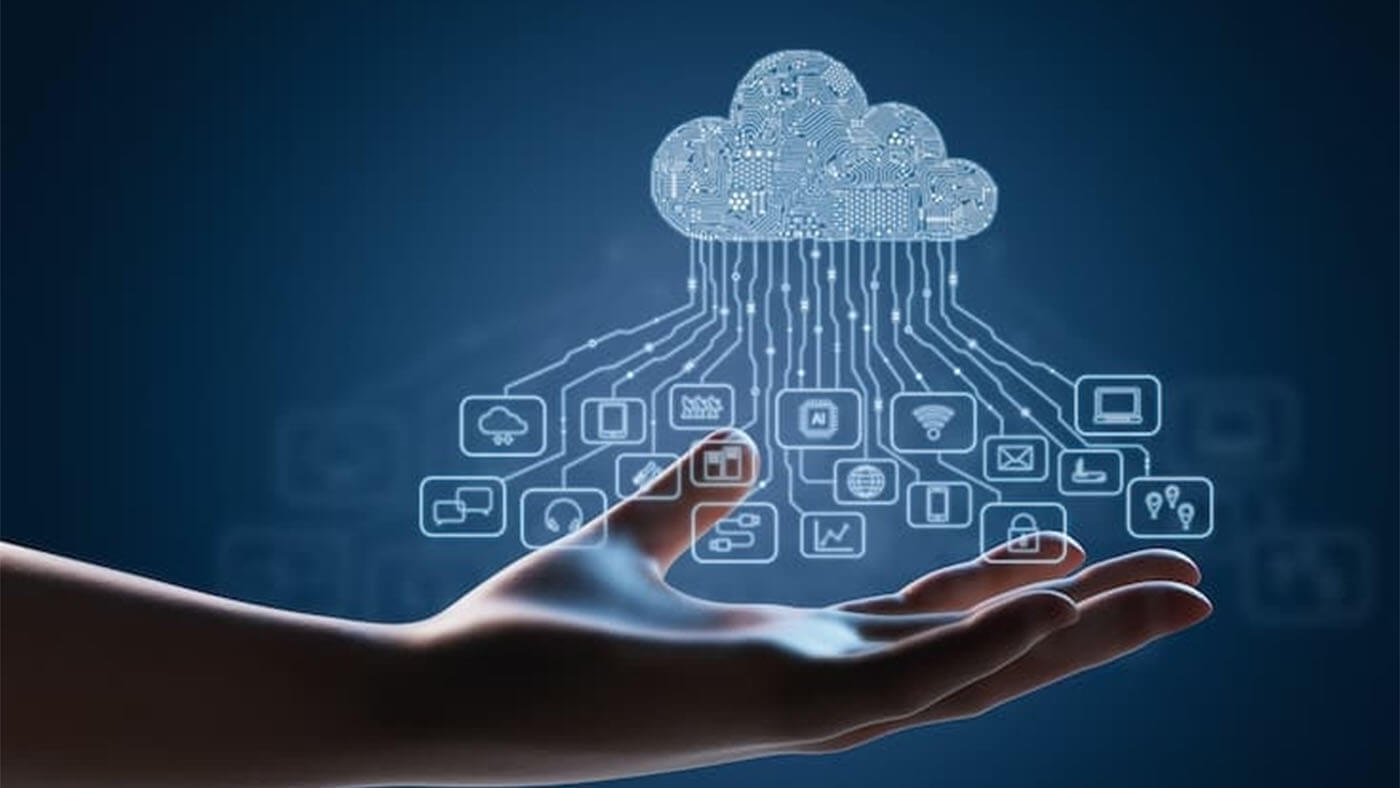Cloud adoption and use in corporate environments are rising, and its future looks bright. Business spending on Cloud services indicates this upward trend, as it increased by 29% in the second quarter of the year compared to the same period last year. Cloud migration has ushered in changes to regulations to consolidate data security according to the nature of the business.
So, Cloud compliance is based on a series of procedures and practices that ensure that a Cloud environment adheres to one or more specific security and privacy standards. The frameworks that impact a given company are delineated by factors such as the jurisdiction in which it operates, the industry or sector to which it belongs, and the number of users it has.
Key regulations and how they affect the Cloud infrastructure
-
PCI DSS
The Payment Card Industry Data Security Standard is a set of security conditions for merchants storing or processing cardholder data in the Cloud.
Among its conditions, it requires installing and maintaining a firewall configuration to protect data in the Cloud and providing enhanced access security by ensuring that vendor-provided defaults for system passwords and other security settings are modified. Similarly, it requests protection of stored cardholder data and encryption of cardholder data transmission over open public networks. In addition to this, it demands the tracking and monitoring of all access to network resources and cardholder data.
Failure to adhere to these PCI DSS Cloud computing guidelines will likely result in the company losing its ability to process payment card transactions.
-
HIPAA
This regulation is aimed at organizations that handle personally identifiable health information. The US Department of Health and Human Services (HHS) HIPAA Security Rule requires organizations to safeguard electronically protected health information (e-PHI) by adopting reasonable and appropriate administrative, technical, and physical measures.
To comply with the regulation, the HHS establishes four specific HIPAA storage requirements. First, it is ensuring the confidentiality, integrity, and availability of e-PHI through encryption, password protection, and other protective measures. Second, identifying and protecting against reasonably foreseeable threats through regular monitoring and risk analysis. Third, protecting against unauthorized uses or disclosures that can be protected by computer security protocols, IAM, physical access restriction, and periodic audits of internal processes. And finally, ensuring team member compliance through regular training and adherence to standards set by HIPAA.
-
GDPR
General Data Protection Regulation (GDPR) is one of the world's strictest and most widely enforced data privacy laws. Its central objective is to safeguard the personal information of businesses and individuals in the European Union (EU).
GDPR requires data protection by design and by default; logging of processing activities and encrypting personal information for data that is stored and in transit.
Which solutions do companies need to comply with regulations?
Most compliance frameworks describe their rules in relatively generic terms. So how can companies be sure that their data is protected in the Cloud and thereby comply with the various regulations to which they subscribe? They must integrate cybersecurity solutions that protect their Cloud environments and their customers' data as far as possible:
-
MFA: this solution applies to all three compliance frameworks detailed above. Multi-factor authentication is a must for any organization in order to comply with regulations. In a recent Pulse survey, data revealed that 76% of respondents consider this the top solution to incorporate into the Cloud to strengthen compliance.
-
Visibility: another requirement common to all regulations is the need for visibility and monitoring of the Cloud environment, which means employing a solution that delivers real- time reporting is necessary. This enables companies to have genuine control over their customers' stored data.
-
Cloud firewall: this technology must be used to meet the requirements of HIPAA and GDPR compliance frameworks. Its functions include the need for companies to encrypt both data stored and in transit and eliminate the possibility of a potential malware attack.
-
Wi-Fi: in the case of HIPAA and PCI DSS, it is essential to use a solution that protects Wi-Fi connections , for instance, in stores or hospitals, since failure to do this provides hackers with network access. Once inside the corporate network, it is easier for them to make lateral movements that enable them to access Cloud environments where data that should be protected is located.
Regulatory compliance is critical for companies to continue to run their businesses frictionlessly. By deploying these solutions, companies can keep up with regulations while enjoying all the benefits of the Cloud, without worrying about security being compromised, which could result in reputational and financial loss.

